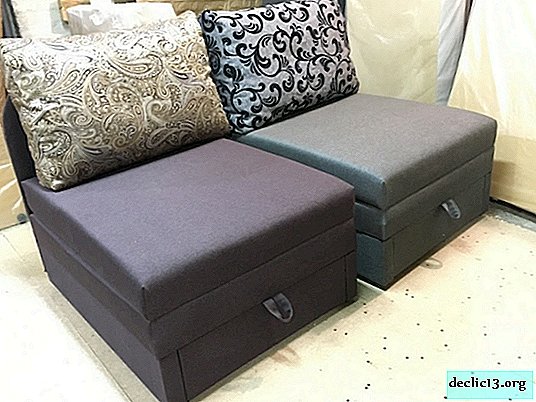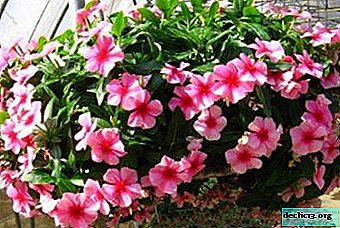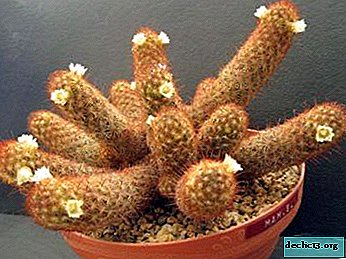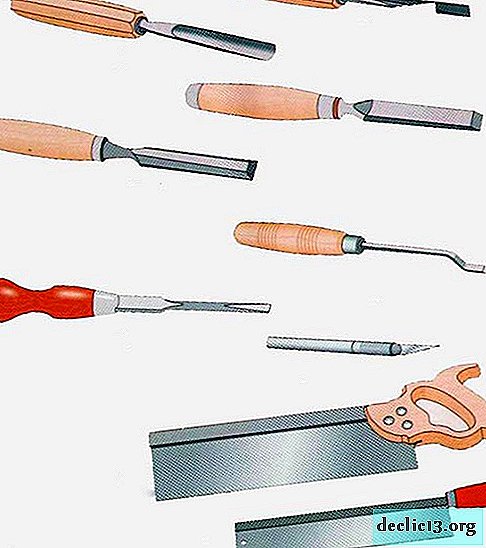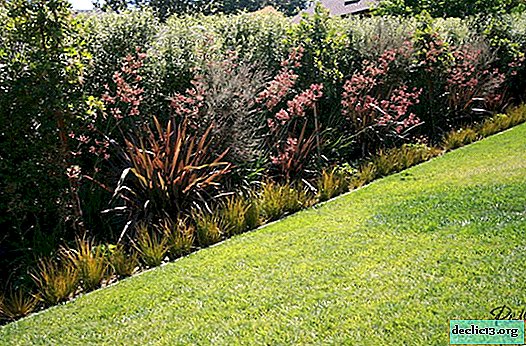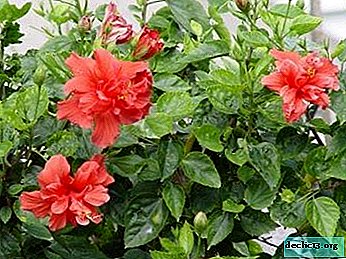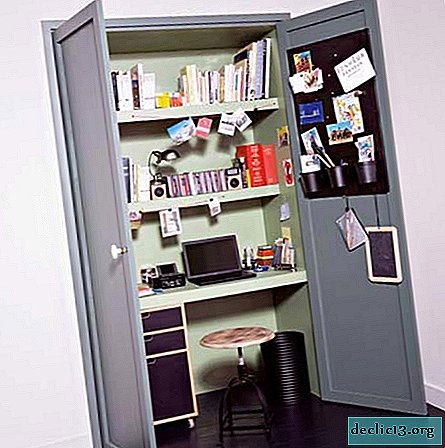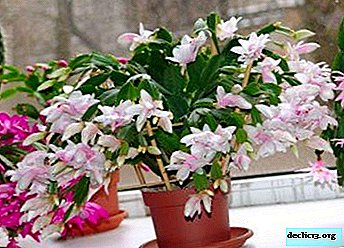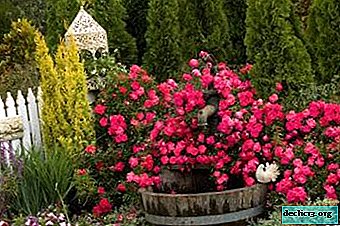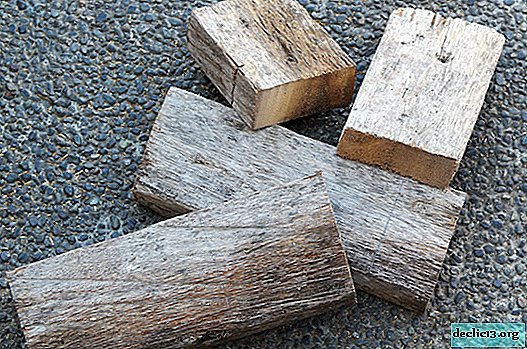Step-by-step instructions for propagating begonias with leaves at home. Tips from experienced gardeners
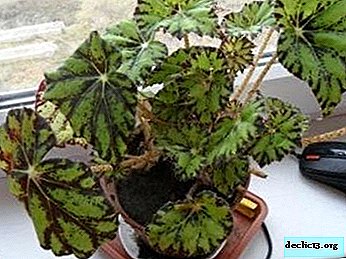
When engaged in floriculture, we often think about the continuation of the family of our favorites. But not everyone knows how to properly conduct the reproduction process.
The time has come to talk about the propagation of begonias, or rather, about a very interesting method of reproduction, using a leaf.
We will make a step-by-step instruction of the process and repeat the rules for the care of begonias. You will also receive all the necessary advice from experienced gardeners. We recommend that you listen to them, then the plant will delight you with its beauty for a long time.
External description
Begonia is a genus that belongs to the Begonia family. Homeland - tropical forests in the mountains of South America, India, as well as West Africa. For more than 3 centuries, begonias have been grown in gardens and premises almost all over the world. This is not a large, but very ornamental plant with more than 1000 varieties. Among them there are species that differ in unusual beauty by leaves, and beautifully flowering specimens.
Reference! The plant is grassy, the bushes are low. The stems are juicy, fleshy. The leaves are irregular in shape, like an asymmetrical heart, or an inverted drop. There are rounded leaf plates with a wave along the edge, and similar to maple ones.In decorative-leafy varieties, the leaves can be of the most unthinkable shades, with a beautiful pattern. Blooming species have small simple and complex flowers with a color of white, yellow, pink, red, purple. Begonias bloom very luxuriantly and for a long time, for which they are loved by flower growers all over the world.
How to propagate at home: methods
A large variety of these plants sometimes leads to difficulties in obtaining the species they like. However, in the case of begonia, this problem is solved, since it can reproduce in a variety of ways:
- Seeds. They can be bought, or obtained with your own hands. As a result of a rather long and interesting process, you can get a new plant. True, some varietal features may be missing. You can find out more about how to plant and grow begonia from seeds at home here.
- Root division. A tuber root can be cut if several growth points are present on it. Do it either in the spring or in the fall. Non-root root can also be carefully divided during transplantation.
- Cuttings. You can take the leaf petiole, or cut off the top of the shoot. The method is simple and very fast. Allows you to get rare hybrid varieties unchanged. More details about the propagation of begonias by cuttings at home can be found in this material.
- A leaf, or a fragment of a leaf plate. Even a piece of leaf, procured on occasion, can give you a beautiful begonia. We will talk about this method in more detail.
Features dilution sheet method
This method has its own interesting features.:
- Not every begonia is able to reproduce through rooting of the leaf.
- For this purpose, copies with dense leaves are suitable, on the back of which there is a fluff.
- Most begonias with hanging shoots are also able to propagate by leaf.
- As many as 10 begonias can be grown from one large leaf.
- Even this simple method includes 3 different variations: getting roots in water, rooting a whole leaf in the soil, dividing a leaf plate into fragments.
Photo
Look at the photo for step-by-step dilution in three different ways: getting roots in water, rooting a whole leaf in the ground, dividing a leaf plate into fragments:



Training
To propagate begonias, it is necessary to prepare planting material and soil for planting.
Leaflet
First you need to prepare a large leaf of begonia. It should be absolutely healthy, without damage and infection. Then you can leave it whole, or cut into fragments. Each piece should have a part of the central vein.
Advice! It is necessary to cut with a very sharp object. If the separation of the sheet plate is not planned, you can put the sheet in water until the roots appear. Put the place where the stalk was. Pre-dissolve a tablet of activated carbon in water.The soil
To root the leaf, a porous, moisture-intensive soil with a neutral reaction and low humus content is required. To obtain soil with such characteristics, it is enough to mix peat and sand equally. Why you need to use such a mixture, and not ordinary earth:
- Sand does not allow moisture to linger on the soil surface, contributes to its uniform distribution.
- Peat is rather a structural element instead of fertile land, which in itself contributes to the decay of leaves falling on it.
- Such soil breathes well, so rooting is good in it.
The rooting root must be at room temperature and moist.. A large amount is not needed, 80-100 ml is enough. Before planting, it is necessary to disinfect the soil mixture with a saturated solution of potassium permanganate, or fry in the oven. You can freeze the soil for a couple of days. Read more about begonia soil and the correct planting conditions here.
Landing
Depending on the chosen method, landing is carried out by the following method:
 Rooting in water. If small root processes have safely developed on a leaf, then it is necessary to transfer it to the ground, sprinkling the roots. It is necessary to press the soil slightly so that the seedling does not fall.
Rooting in water. If small root processes have safely developed on a leaf, then it is necessary to transfer it to the ground, sprinkling the roots. It is necessary to press the soil slightly so that the seedling does not fall.- Rooting a whole leaf in the ground. It is possible to stick a leaf into the ground shallow with the place where there was a connection with the handle. Or spread the sheet face up on the ground. First, it is necessary to make incisions across large leaf veins. In this case, it is necessary to ensure a snug fit of the sheet to the soil, for example, by laying pebbles next to the incisions.
- Rooting leaf fragments. Each piece of the sheet plate is stuck with the cut into the soil in a separate container. You can simply spread it out and squeeze it in the same way as in 2 ways.
Any of these methods should be completed by creating greenhouse conditions. To do this, cover the container with a transparent film. Put the finished seedlings in a warm sunny place. In case of drying of the soil, spray from the spray gun. After the appearance of new leaves, you need to gradually accustom young begonias to fresh air, airing the greenhouse for longer, until you completely remove it.
Choose a pot for a plant
About 2-3 months passed, the plant successfully rooted and gave strong sprouts. You can start transplanting the plant for permanent residence. What should be the pot:
- Small, in the first couple enough capacity of 500-700 ml.
- The material from which the pot is made is not so important, begonias feel great in ordinary plastic containers.
- There must be holes in the bottom for drainage.
- The pot should not be narrow and tall, but vice versa.
Soil requirements
A fertile soil with a neutral reaction and good structure is necessary for a permanent habitat of begonia. For the independent creation of such soil, you need to mix turf soil, leaf humus, peat and fine sand in the proportions of 2: 1: 1: 1. You can buy soil in the store, if there is no special soil mixtureuniversal for flowering plants.
Important! Do not forget about the drainage layer at the bottom of the pot.How to grow?
Care
We provide the young plant with the necessary conditions:
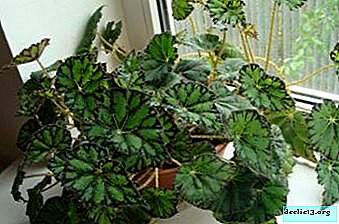 The temperature is within room temperature. Taboo for sudden changes and drafts.
The temperature is within room temperature. Taboo for sudden changes and drafts.- Humidity is slightly above average. You can not spray on the plant, but you can moisten the air around, or put a wide container of water next to it.
- Lighting is long and quite intense. On the southern windowsill, begonias will feel fine in spring, but in summer, during the period of greatest solar activity, it is better to put the plant in a less lit place. If this is not possible, you should consider additional lighting with a special lamp.
Watering
Watering of young plants should be carried out in a timely manner and extremely carefully. Otherwise, you can destroy them. Water should not be lower than room temperature or higher by 2-3 degrees. It should be soft and settled. You can water young begonias with a syringe or a spoon.
You can not get on the young shoots. An adult plant that has already grown the root system is best watered through a tray. The earth should always be slightly moist, excess water threatens the development of various diseases.
We observe other care measures:
- A couple of weeks after planting in a pot, you can start regular application of mineral fertilizers. Suitable complexes for flowering representatives of the flora. You need to do this 2-3 times a month.
- We provide begonias with a rest period in the winter months.
- Every year we transplant begonia into a more spacious pot with soil replacement.
Conclusion
Getting begonias from a donor leaf is pretty easy.. In addition, this method is distinguished by its availability and quick result. In a relatively short time, you can get a whole army of young begonias. I wish you a quick rooting!

 Rooting in water. If small root processes have safely developed on a leaf, then it is necessary to transfer it to the ground, sprinkling the roots. It is necessary to press the soil slightly so that the seedling does not fall.
Rooting in water. If small root processes have safely developed on a leaf, then it is necessary to transfer it to the ground, sprinkling the roots. It is necessary to press the soil slightly so that the seedling does not fall. The temperature is within room temperature. Taboo for sudden changes and drafts.
The temperature is within room temperature. Taboo for sudden changes and drafts.